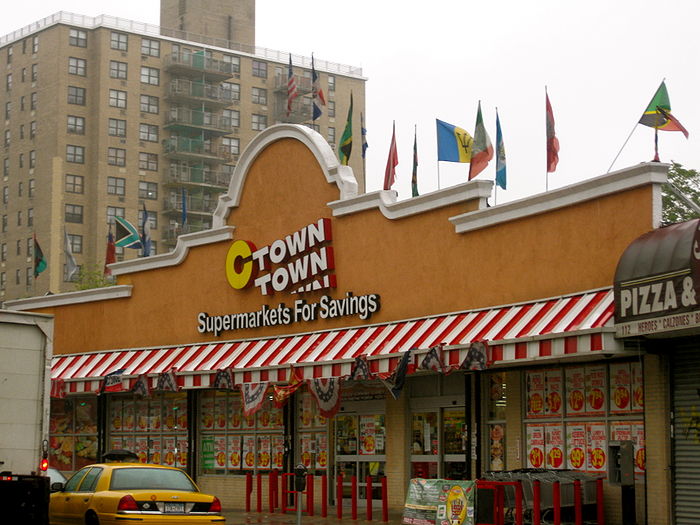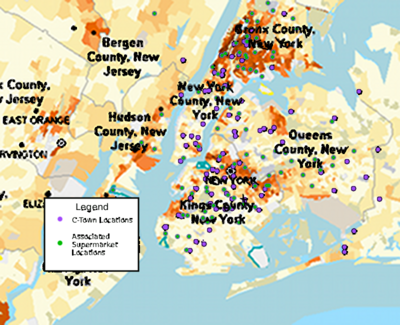Business sectorFrom From the Island to the City: Dominican Communities in New York CityDominicans In The Business SectorBecause of the distressed economic and political conditions in the Dominican Republic, many people are unable to obtain sufficient education to become professionals. Therefore, a large number of Dominican immigrants to the United States seek blue-collar jobs[1]. According to Milagros Ricourt, additionally many Dominicans have become self employed and have started their own businesses to support their community. “During the 1980s, Dominicans owned more than 20,000 businesses in New York City, particularly grocery stores (bodegas), taxi cab companies, sweatshops, travel agencies, and restaurants”[2]. Below is a video of a Dominican Bodega and the different items found in the store.
Supermarket ExcursionWhen the Dominican population began growing, many families began setting up small groceries, or bodegas. As the bodega business became more and more profitable, these family businesses soon evolved into supermarket chains. "C-town appears to be the largest New York chain in which Dominicans figure so prominently. It has more than $1 billion in annual sales, according to the Modern Grocer trade publication. Other chains, including Associated and Met Food, also have dozens, perhaps hundreds, of Dominican owners”[3]. Dominicans have now turned to the supermarket chains of New York City, especially in the predominantly Dominican neighborhoods of Washington Heights, the Upper West Side, Corona, and Soundview.
References
Hernández, Ramona and Francisco L. Rivera-Batiz. “Dominicans in the United States: A Socioeconomic Profile, 2000.” The CUNY Dominican Studies Institute. City University of New York. 16 Mar.2010. Dominican Studies Institute Ricourt, Milagros. Dominicans in New York City: Power from the Margins. New York:Routledge, 2002. Print. |


